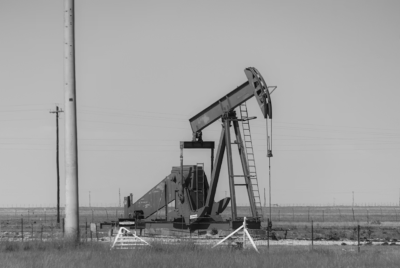Are US equities in a correction or is this the end of the bull?
The equity markets began to deteriorate weeks before the devastating natural disaster in Japan. Food inflation in the emerging markets and the ensuing unrest in the Middle East and North Africa causing an unwelcome spike in oil prices, and hawkish comments from the European Central Bank at a time when the continent's peripheral countries are struggling, collectively weighed on equity prices. Now news from Japan that is troublingly fluid regarding the earthquake's aftermath, which has social, economic and financial implications, is amplifying investor unease.
From an investment viewpoint, the question is whether this is collectively enough to suffocate global growth and bring an end to the global equity rally? We don't believe so. We think the steep drop in equity prices over the last few trading sessions has been at least partially been due to panic selling on speculation about the distressed nuclear facilities in Japan. While the consequences of a radiation breach in the Fukushima reactors precludes us from making an overly dogmatic prognosis, in the absence thereof we can quantify the economic implications resulting from the disaster given what we know so far. Today, Japan's contribution to global GDP is less than 6%. If early estimates for the reconstructive process prove accurate, and total costs amount to roughly 3-5% of GDP, then the impairment to global growth should be contained to approximately 0.3% or less. Consider further, that oil prices are $15 to $20 higher than where they stood last November which could shave 0.5% or so from GDP in the coming year. Together, the dent of 0.8% against a forecast by the International Monetary Fund for global growth of 4.4%, suggests that this shock should not be enough to tip the world, or for that matter the U.S., back in to a recession.
Without an economic relapse, market valuations today offer the support for equities to advance predicated upon the positive trends in corporate profits expected over the coming quarters. We had advocated a position for several months that a correction of magnitude was due after the stock market had appreciated in a parabolic fashion - pushing investor sentiment to overextended readings - and that a more defensive portfolio architecture was warranted. We outlined an approach that meant to trim emerging market exposure, buy high quality equities with a bias to large cap U.S. multinationals, reallocate to policy weights in a balanced portfolio, and brace for volatility to increase as investor complacency was challenged. On a sector basis, we recommended a strategy designed to protect equity portfolios against global crosscurrents through a barbell approach. This entailed an emphasis on cyclical areas like energy and technology as well as the defensive sectors of health care and consumer staples. We recognize that this will not immunize a portfolio from participating in a downdraft but rather to offer a conservative means by which to invest while risks of a temporary pullback grew.
Market moving events like the ones we are experiencing are unsettling but we do not feel they translate into the end of the global business cycle. While the S&P 500 index is down about 4% from its recent peak, a decline of 5-8% is typical within a bull market. Our sense at the moment is that the selling pressure may not be fully exhausted and we should expect a bumpy recovery even if the troubles in Japan and the Middle East/North Africa fail to escalate. At the same time, global economies continue to expand, the earnings outlook is favorable, and stock market valuations are undemanding. Therefore, any additional weakness in the global averages, which include key international markets, should be viewed as buying opportunities. We would also consider fixed income areas that have drifted lower in the wake of the flight to quality including high yield and emerging market debt based in local currencies.
© Copyright IBTimes 2025. All rights reserved.




















